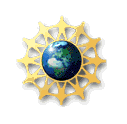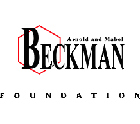Classic Memorabilia of Mathematics

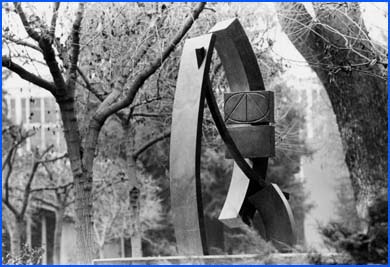

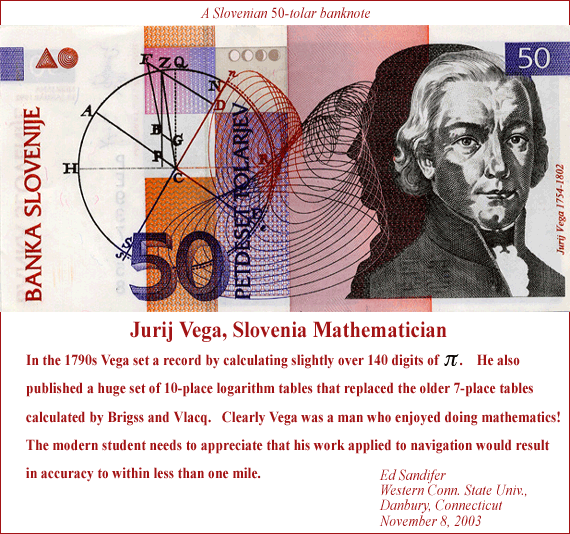
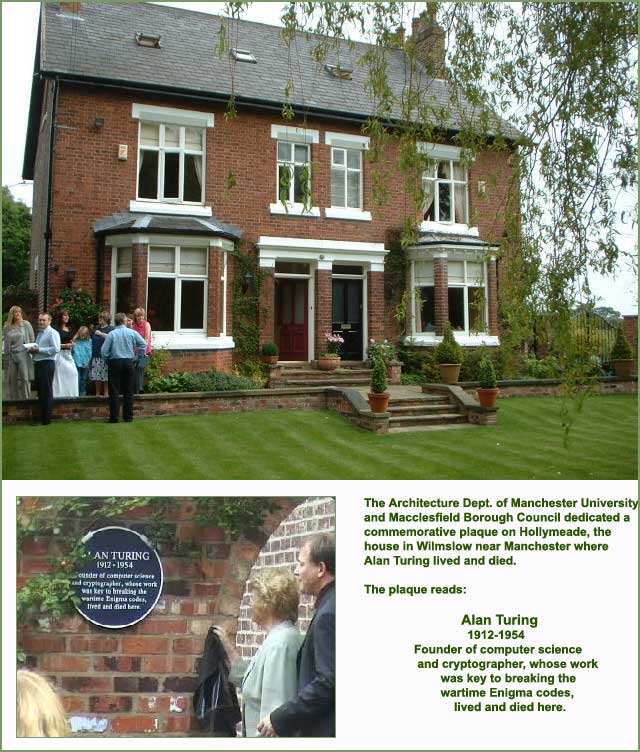
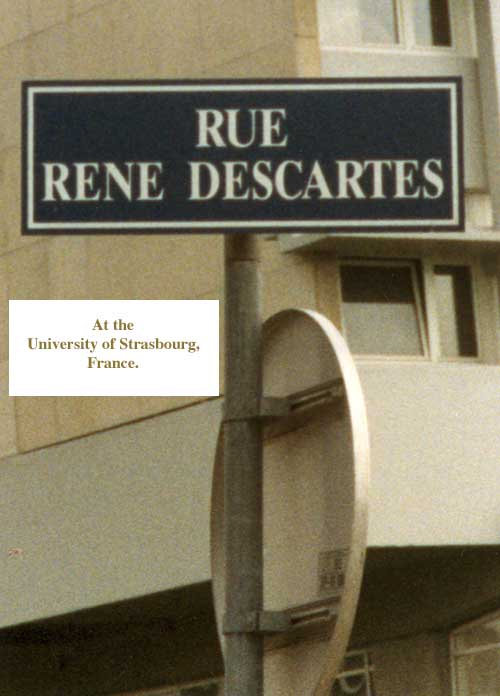
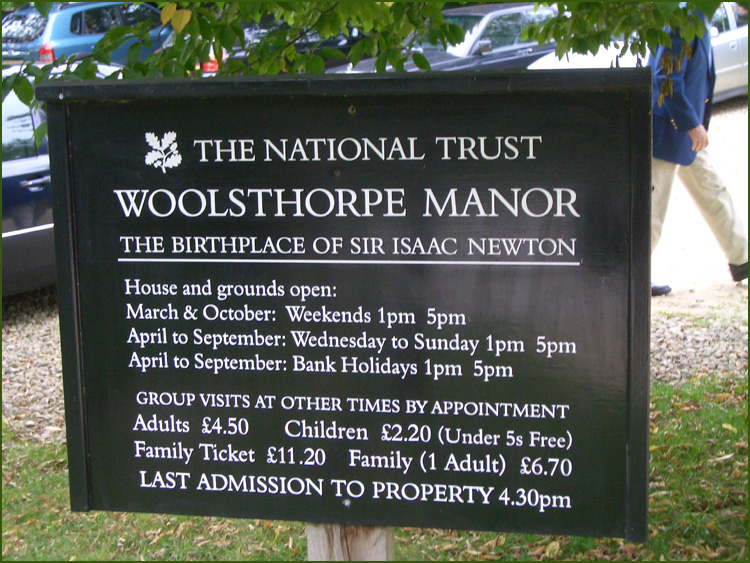
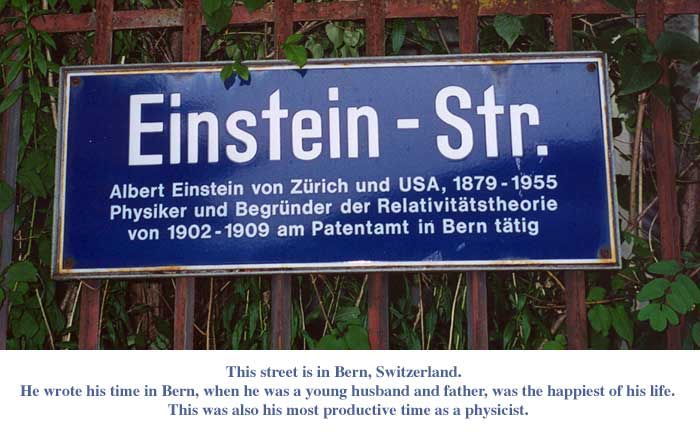
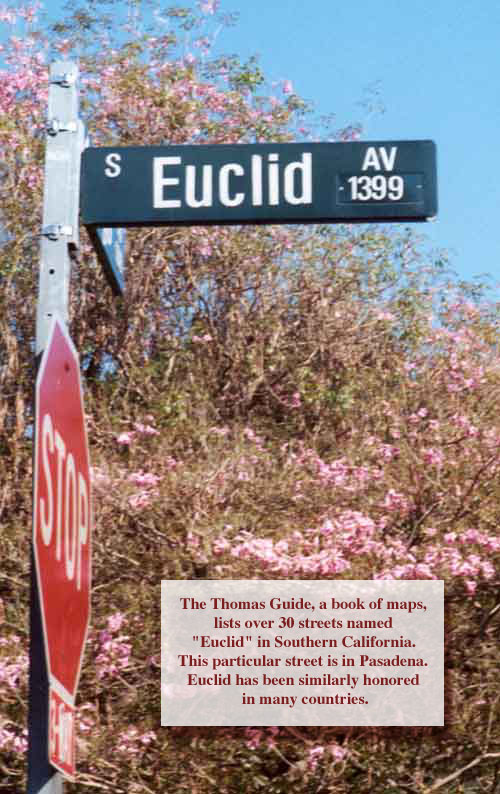
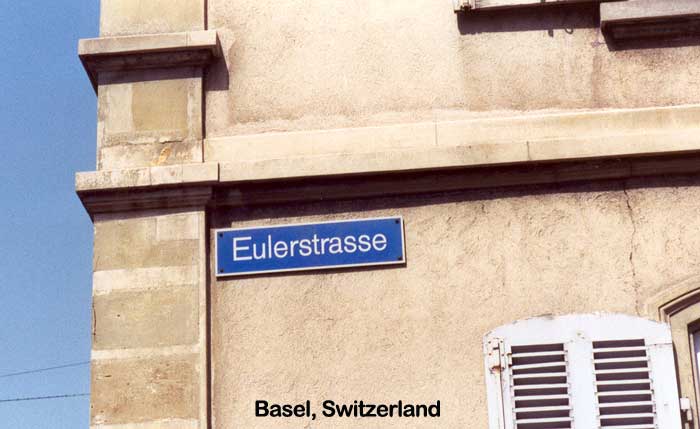
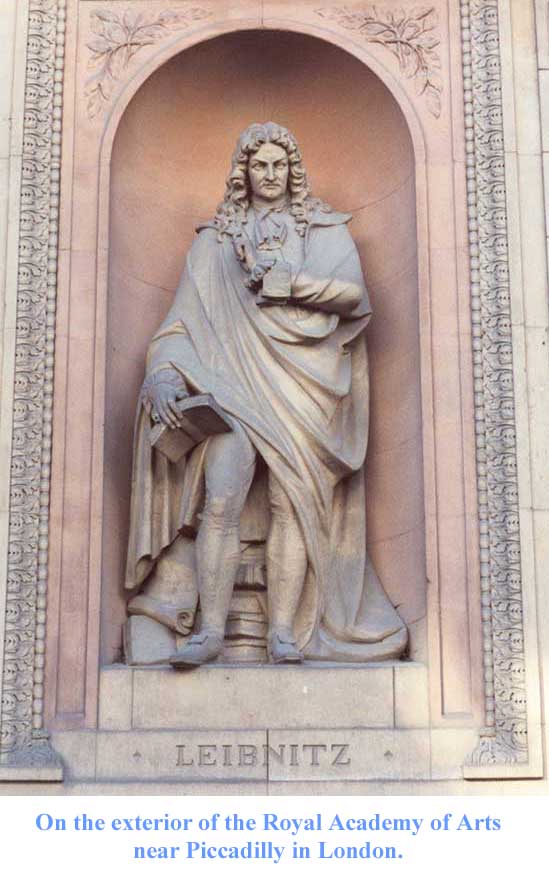
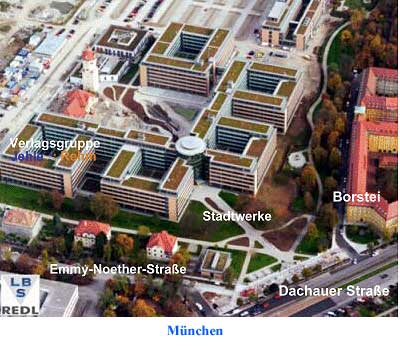
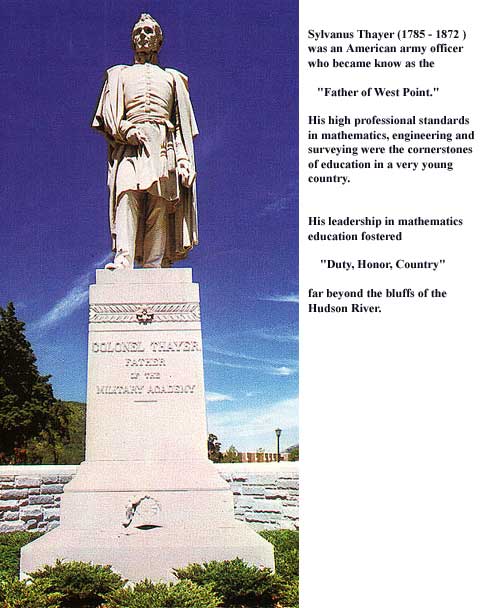

The Fields Medal and Nobel Prize
1936 L V Ahlfors
1936 J Douglas
1950 L Schwartz
1950 A Selberg
1954 K Kodaira
1954 J-P Serre
1958 K F Roth
1958 R Thom
1962 L V Hörmander
1962 J W Milnor
1966 M F Atiyah
1966 P J Cohen
1966 A Grothendieck
1966 S Smale
1970 A Baker
1970 H Hironaka
1970 S P Novikov
1970 J G Thompson
1974 E Bombieri
1974 D B Mumford
1978 P R Deligne
1978 C L Fefferman
1978 G A Margulis
1978 D G Quillen
1982 A Connes
1982 W P Thurston
1982 S-T Yau
1986 S Donaldson
1986 G Faltings
1986 M Freedman
1990 V Drinfeld
1990 V Jones
1990 S Mori
1990 E Witten
1994 P-L Lions
1994 J-C Yoccoz
1994 J Bourgain
1994 E Zelmanov
1998 R Borcherds
1998 T Gowers
1998 Maxim Kontsevich
1998 C McMullen
2002 L Lafforgue
2002 V Voevodsky
2006 Andrei Okounkov
2006 Terence Tao
2006 Wendelin Wernre
2006 (Grigory Perelman)
2010 Elon Lindenstrauss
2010 Ngô Bào Châu
2010 Stanislav Smirnov
2010 Cédric Villani
For more information on the Medal and recent winners visit http://www.mathunion.org/general/prizes/fields/prizewinners/.
The 2002 Fields Medals were presented in Beijing by the President of China and the President of the ICM2002. The memorable ceremony was attended by 4,500 people. Everyone was transported from the Convention Center to the Peoples' Hall in Tien An Men Square for a banquet. All traffic was halted for the long caravan of buses. This convention of mathematicians felt deeply honored by the citizens of Beijing. The 2014 Fields Medals were presented at the opening ceremony of the ICM in Seoul, Korea. Four mathematicians were honored including the first woman.
Artur Avila
Manjul Bhargava
Martin Hairer
Maryam Mirzakhani
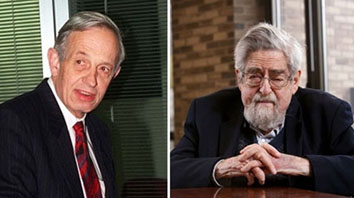
The 2018 Fields Medals were announced by the International Mathematical Union. Four mathematicians were honored. Caucher Birkar, Alessio Figalli, Peter Scholze, and Akshay Venkatesh.
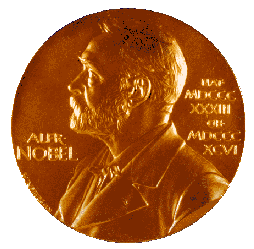
No one knows for sure why there is no Nobel Prize in mathematics. There are several hypotheses that broach on becoming legends.
However, we are very proud that John Nash received this recognition in Economics in 1994.
The criteria for selection to be listed in the National Curve Bank are simple. The mathematician must have a monument, street, or building named for him or her. Thus, the person must have recognition beyond the circle of our professional community. We could easily list Fields Medal winners, Nobel laureates whose work is primarily mathematical, and members of national societies. We could include a list of mathematicians on stamps. Many deserve recognition. Please click on the buttons above this paragraph for a sample of all of the suggestions.
However, mathematics extends over 2,500 years of written history. To list only honorees since the invention of printing, or the establishment of national societies, is narrow in definition, but enormous in terms of execution. In keeping with our mission statement, we have decided to select only mathematicians who have been sufficiently prominent to be honored by their communities.
We invite all readers of this message to send us photographs of streets, buildings, or monuments that honor mathematicians. We hope to build an international collection for all to appreciate.

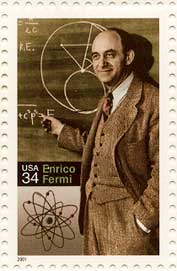
There are wonderful stamps honoring mathematicians issued by many countries. Unfortunately, it would appear the U.S. has only honored von Neumann as a mathematician. However, in 2001 the U.S. honored Enrico Fermi. Earlier physicists have been honored.
Please see http://jeff560.tripod.com/ for a sample collection.
